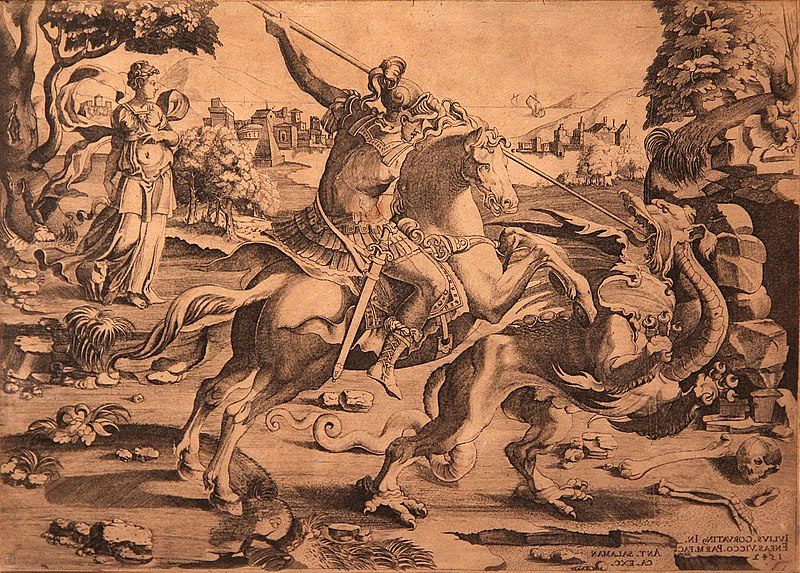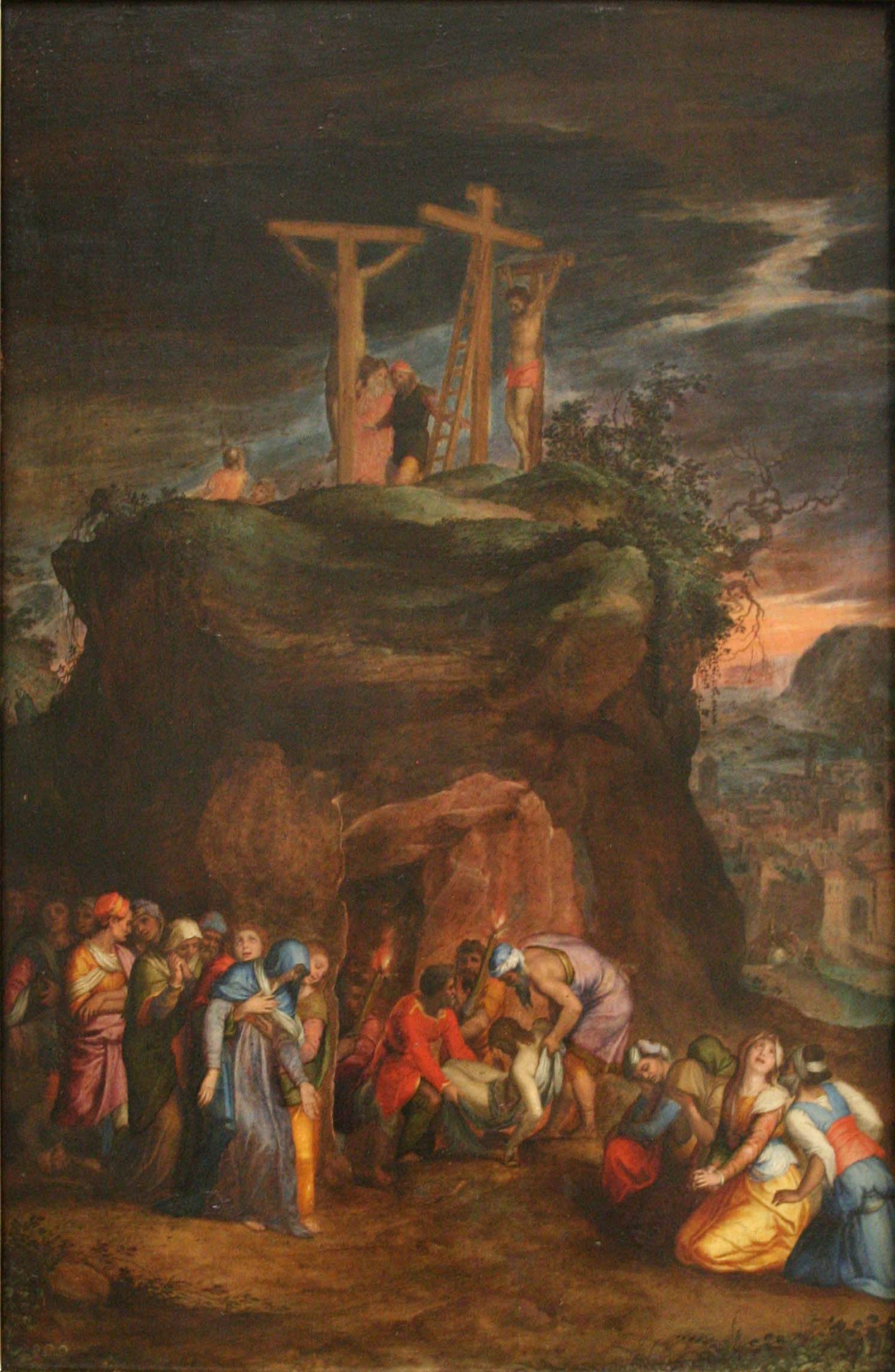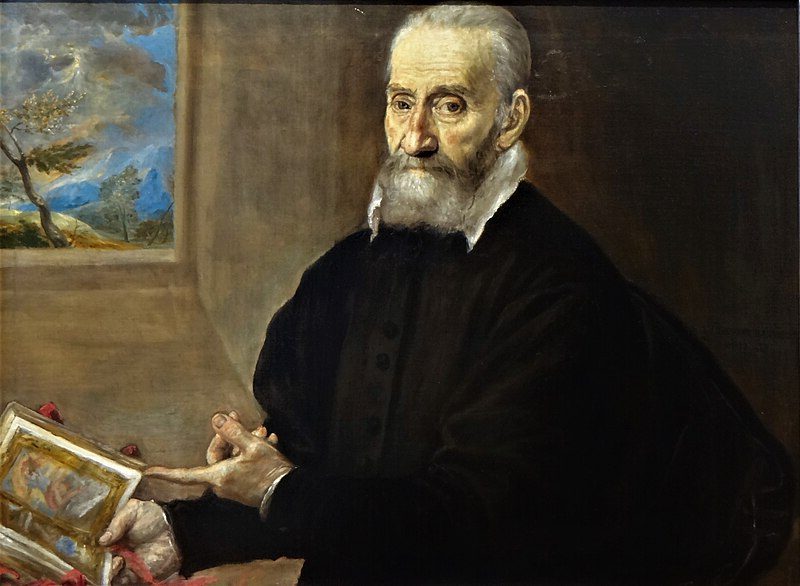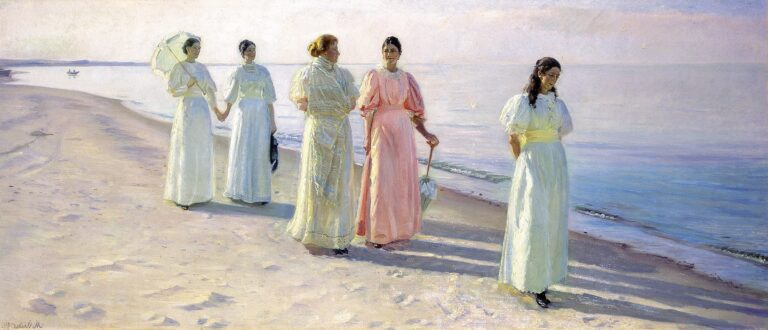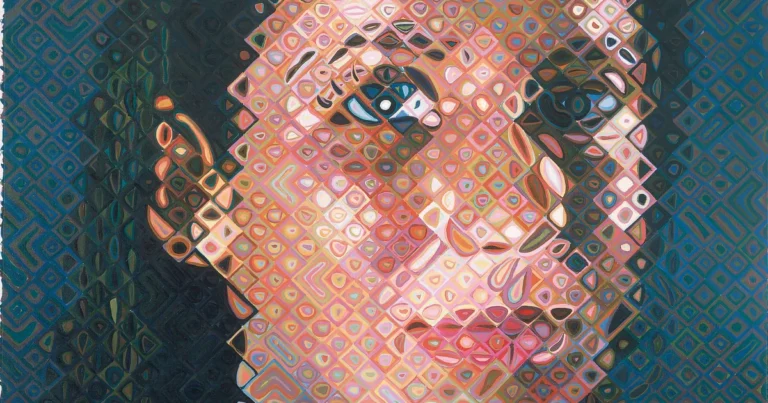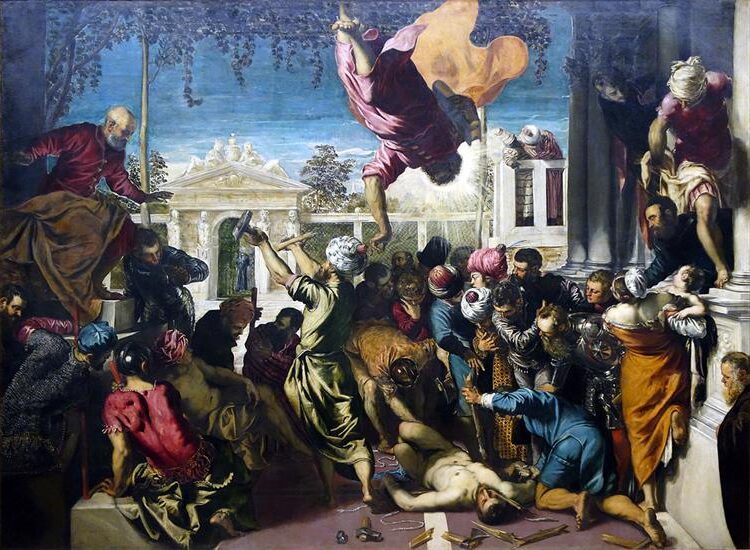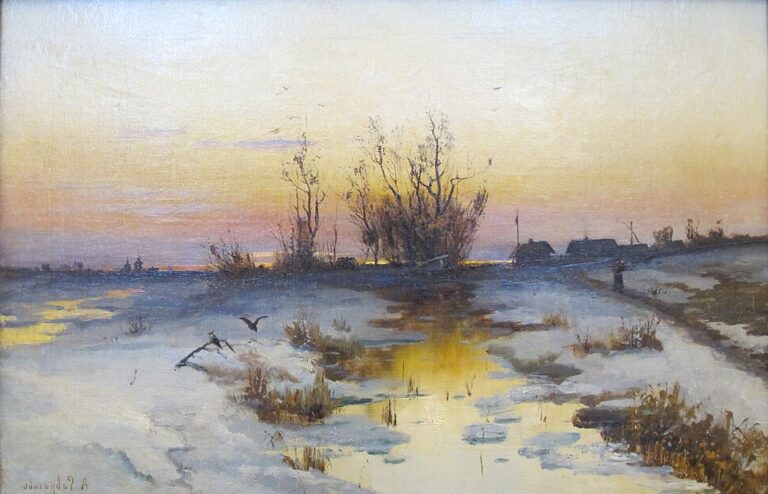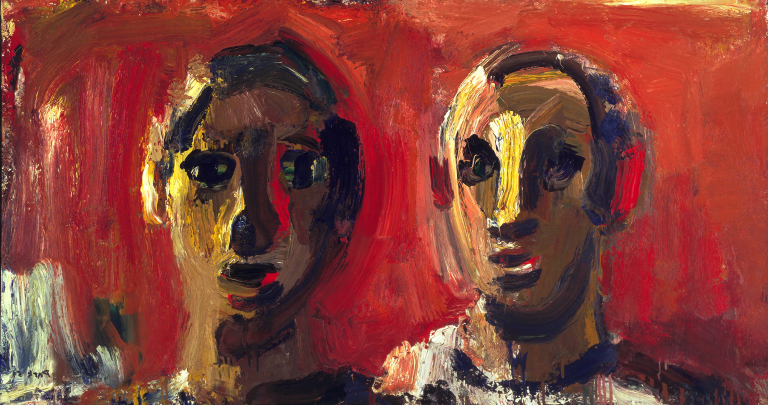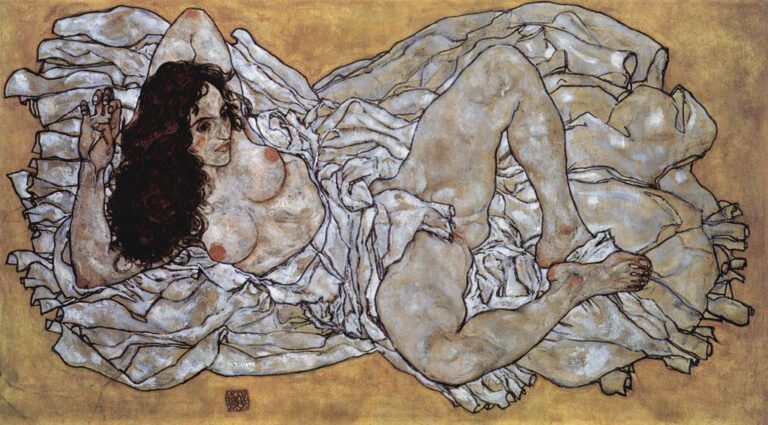Giulio Clovio: Painter of Miniature Masterpieces in Renaissance Italy
Born: 1498, Grižane, Kingdom of Croatia
Death: 5 January 1578 Rome, Papal States
Art Movement: High Renaissance
Nationality: Croatian-Italian
Teacher: Giulio Romano
Giulio Clovio: Painter of Miniature Masterpieces in Renaissance Italy
Life and Career of Giulio Clovio
Giulio Clovio was a renowned Croatian-Italian painter and illuminator who made significant contributions to Renaissance art. His life spanned the 16th century, during which he honed his skills and gained recognition across Italy.
Early Life and Training in Croatia
Giulio Clovio was born in 1498 in the Kingdom of Croatia. His birth name was likely Juraj Julije Klović. He came from a Croatian family, though details of his early years are limited.
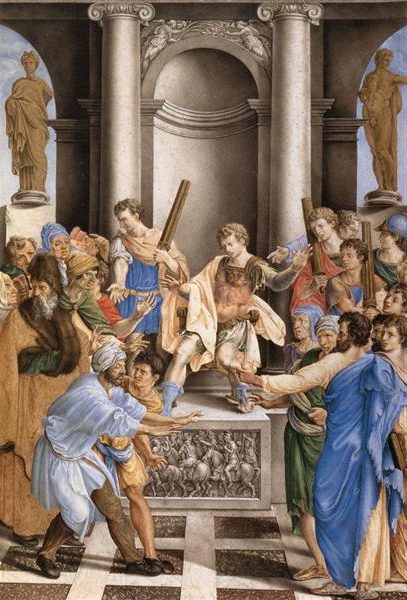
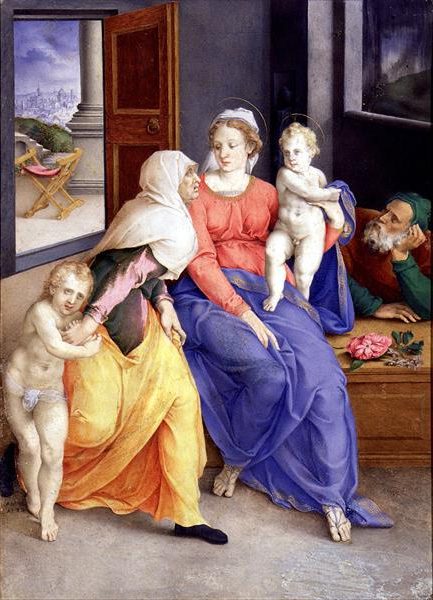
As a young man, Clovio showed artistic promise. At age 18, he left his homeland for Venice, Italy. This move marked the beginning of his artistic journey.
In Venice, Clovio found work with Cardinal Domenico Grimani. This early job gave him access to the Cardinal’s art collection. He studied and copied works by famous artists. This experience helped shape his early style and techniques.
Development in the Italian Renaissance
Clovio’s talent grew as he traveled across Italy. He spent time in major art centers like Rome and Florence.
In Rome, he studied under Giulio Romano, a pupil of Raphael. This training refined his skills in the Italian High Renaissance style.
Clovio became known for his miniature paintings and manuscript illuminations. His work was precise and detailed. He could create tiny, intricate scenes with amazing skill. This talent set him apart from other artists of his time.
In 1527, Clovio survived the Sack of Rome. After this event, he took holy orders and became a priest. This change did not stop his art career. Instead, it gave him new connections in the Church.
Patronage and Legacy
Clovio’s skill earned him powerful patrons. His most important patron was Cardinal Alessandro Farnese. For Farnese, Clovio created his masterpiece: the Farnese Hours. This prayer book took nine years to complete. It showcased Clovio’s amazing talent for miniature art.
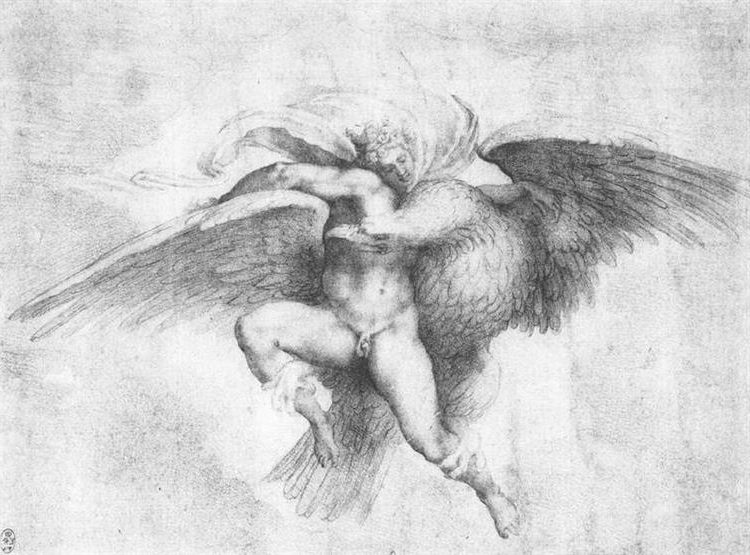
The Rape of Ganymede by Giulio Clovio
Clovio worked for other noble families too. He created art for the Medicis and the papal court. His fame spread, and he was called “Michelangelo of miniatures”.
Clovio’s influence lasted beyond his lifetime. He trained other artists and left a rich body of work. He died in Rome in 1578, respected as a master of illumination. Today, art historians see him as one of the last great illuminators of the Renaissance.
Masterworks and Artistic Style
Giulio Clovio’s exceptional talent in miniature painting and illumination set him apart as a Renaissance master. His works combined intricate detail with vibrant colors and elegant compositions.
The Farnese Hours and Other Illuminated Manuscripts
The Farnese Hours stands as Clovio’s most famous work. This small prayer book, created between 1537 and 1546, showcases his unparalleled skill. Each page bursts with tiny figures, landscapes, and ornate borders. The book contains 28 full-page miniatures and 37 smaller scenes.
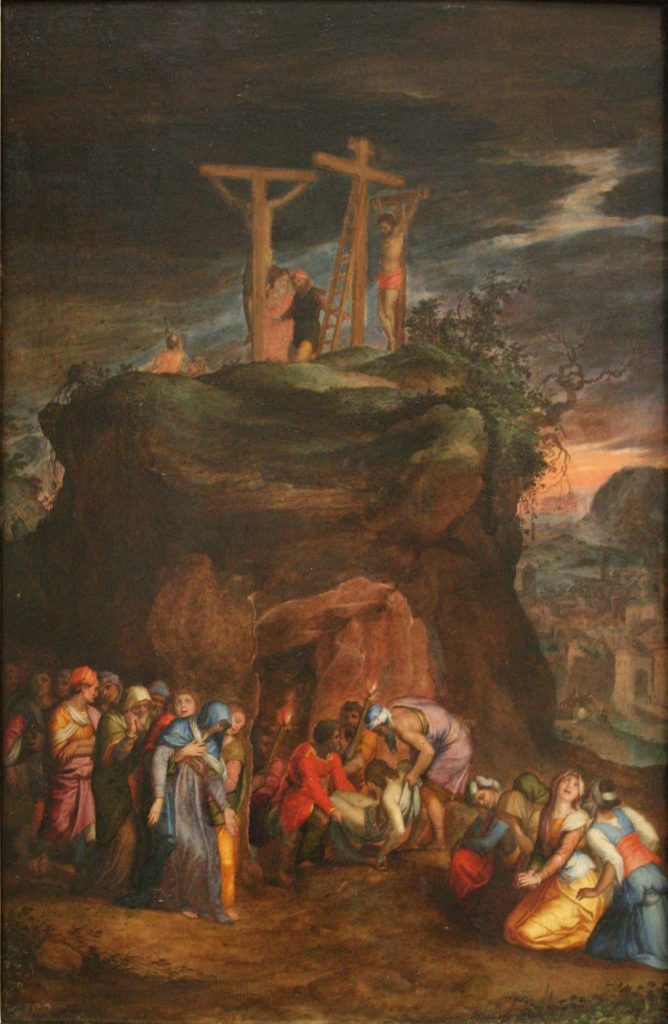
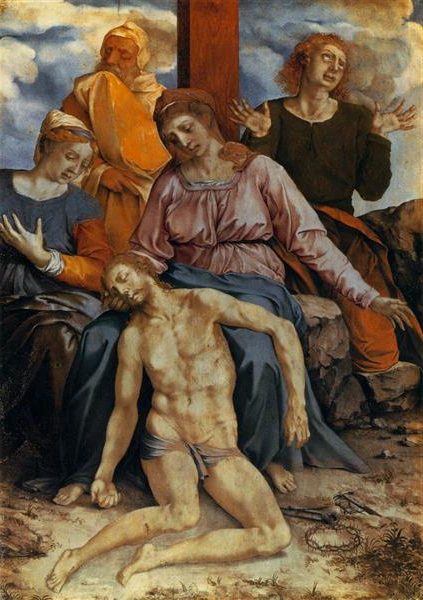
Other notable illuminated manuscripts by Clovio include:
- The Towneley Lectionary
- The Colonna Missal
- The Soane Manuscript
These works display his ability to blend Renaissance art styles with traditional illumination techniques. Clovio often incorporated elements inspired by Michelangelo and Raphael into his miniatures.
Contributions to Miniaturist Art
Clovio earned the nickname “Michelangelo of the Miniature” for his contributions to the art form. He brought the grand style of Italian High Renaissance painting to the small scale of book pages.
Key aspects of Clovio’s style include:
- Extreme attention to detail
- Rich, jewel-like colors
- Complex figurative scenes
- Blending of sacred and mythological themes
His influence spread through Europe as other artists sought to emulate his techniques. Clovio’s work represents the pinnacle of illuminated manuscript art at the end of its era.
Influence and Recognition
Giulio Clovio gained fame as a master illuminator and miniature painter during the Italian Renaissance. His works impressed many influential figures and left a lasting impact on the art world.
Notable Achievements and Collaborations
Clovio’s talent caught the eye of prominent patrons and fellow artists. He worked for Cardinal Marino Grimani in Rome, creating intricate illuminated manuscripts. His skill led to collaborations with famous painters like Michelangelo and Titian.
Clovio’s most famous work is the Farnese Hours, a prayer book he spent nine years creating. This masterpiece showcases his incredible attention to detail and artistic skill.
El Greco painted Clovio’s portrait, showing the respect he earned from other artists. Clovio also worked with Pieter Bruegel the Elder, helping to shape the younger artist’s style.
Clovio’s Impact on Successors and the Art Market
Clovio’s works inspired many artists who came after him. His precise technique and ability to paint tiny, detailed scenes set a new standard for miniature painting.
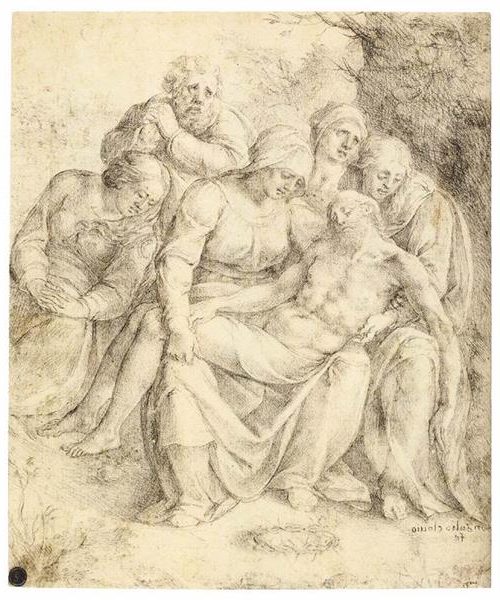
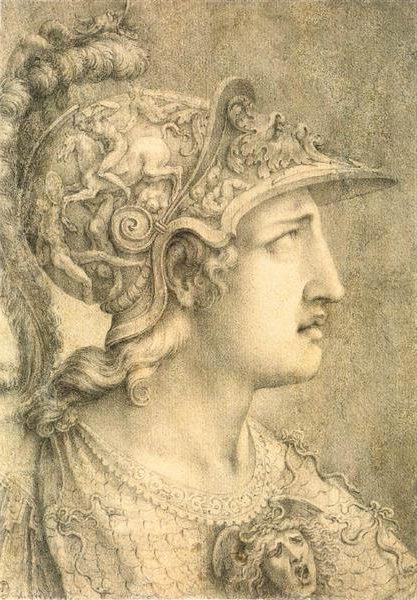
His pieces became highly valued by collectors and remain prized possessions in museums today. Important Clovio works can be found in the Louvre in Paris and the Pierpont Morgan Library in New York.
Though illuminated manuscripts declined after Clovio’s time, his influence lived on. His legacy as one of the greatest miniaturists in art history remains strong to this day.
Frequently Asked Questions
Giulio Clovio was a renowned Renaissance artist known for his miniature paintings and illuminated manuscripts. His works showcased incredible detail and skill, earning him fame during his lifetime and lasting recognition in art history.
Who was Giulio Clovio, and why is he significant in art history?
Giulio Clovio was a Croatian-Italian painter born in 1498. He is considered the greatest illuminator of the Italian High Renaissance. Clovio’s talent for creating intricate miniatures and illuminated manuscripts set him apart from other artists of his time.
What are some of Giulio Clovio’s most renowned works?
One of Clovio’s most famous works is the Farnese Hours, a prayer book he created for Cardinal Alessandro Farnese. This book took nine years to complete and contains 26 full-page miniatures. Another notable piece is his book of illustrations for the Corpus Domini procession in Rome.
How did Giulio Clovio contribute to the Mannerism movement in painting?
Clovio’s work played a role in the Mannerist style, which followed the High Renaissance. His detailed miniatures often featured elongated figures and complex compositions, key traits of Mannerism. Clovio’s ability to create these effects on a small scale was impressive.
Can you describe the stylistic characteristics of Clovio’s artwork?
Clovio’s art is known for its incredible detail and precision. He used tiny brushstrokes to create lifelike figures and scenes. His work often included bright colors and complex designs. Clovio was skilled at painting both religious and secular subjects in miniature form.
What influence did Giulio Clovio have on his contemporaries and successors in the art world?
Clovio’s skill earned him praise from other artists, including Giorgio Vasari, who wrote about him in his book on Renaissance artists. His techniques in miniature painting inspired other artists to try this challenging art form. Clovio’s work helped keep the tradition of illuminated manuscripts alive during a time when printed books were becoming more common.
How are Giulio Clovio’s manuscripts and miniatures relevant to the Renaissance period?
Clovio’s works show the high level of skill and artistry achieved during the Renaissance. His miniatures combined elements of Italian and Northern European art styles.
Clovio’s ability to create detailed, lifelike images on a small scale demonstrates the technical mastery valued in Renaissance art.

